Gossypol adversely affected growth performance, other physiological conditions
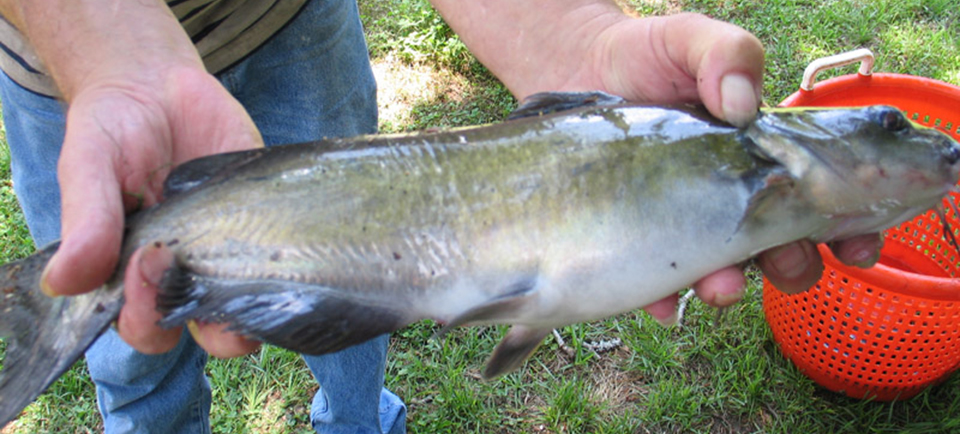
Due to its high protein content, availability, low cost and palatability, cottonseed meal is a good alternative protein source for fish. The amount of cottonseed meal that can be included in fish diets depends mainly on its levels of free gossypol and available lysine.
The concentration of free gossypol in cottonseed meal is affected by environmental factors, cotton species, and meal-processing conditions. Gossypol naturally exists in cotton plants as a mixture of (+) and (-) optical isomers. When supplied in large amounts in diets, free gossypol is toxic to fish.
However, gossypol has also been shown to possess antifertility, antitumor, antiparasitic, antiviral and anti-microbial properties. Recent research at the Aquatic Animal Health Research Unit in Auburn, Alabama, USA, also suggested gossypol from gossypolacetic acid can have some beneficial effect in improving the resistance of channel catfish to enteric septicemia of catfish.
Dietary gossypol study
A casein gelatin-based diet containing 34 percent crude protein and 3,200 kcal digestible energy per kilograms was supplemented with 0, 300, 600, 900, 1,200, and 1,500 milligrams per kilograms of gossypol from gossypolacetic acid at the expense of celufil. Twice daily for 12 weeks, each diet was fed to apparent satiation to channel catfish of 6.2 g average weight stocked at 50 fish per aquarium in four replicate aquariums.
The flow-though aquariums were supplied with dechlorinated city water heated to 26 to 27 degrees-C and continuously aerated using air stones. Photoperiod was maintained on a 12 hours light, 12 hours dark schedule. Fish in each aquarium were group weighed and counted at two-week intervals.
At the end of week 12, blood samples from four fish per aquarium were collected for determination of hematology, serum protein, and immunological response. Livers were removed and stored at minus-80 degrees-C for gossypol analysis. Seven fish per aquarium were also sampled and stored at minus-20 degrees-C for whole-body proximate composition analysis.
Another five fish per aquarium were intraperitoneally injected with squalene as an attractant for macrophages. Six to seven days later, peritoneal exudate cells were collected for determination of macrophage chemotaxis. Twenty fish per aquarium were challenged by immersion in E. ictaluri, with mortality recorded twice daily for 14 days. Blood samples were collected from four fish per aquarium prior to and 15 days after challenge to determine antibody titer.
Mixed gossypol effects
Final weight gain, feed intake and feed efficiency linearly decreased with increasing concentrations of dietary gossypol (Table 1). Fish fed the highest level of dietary gossypol refused to accept the diet. Fish fed the diet containing 900 mg gossypol per kilogram diet ceased to grow at week 6, whereas those fed the two higher levels began to lose weight.
Lim, Mean performance of channel catfish fed diets containing various levels of gossypol, Table 1
| Dietary Level of Glossypol (mg/kg) | Weight Gain (g) | Feed Intake (g) | Feed Efficiency Ratio | Gossypol Intake (mg/g wt. gain) | Survival (%) |
|---|---|---|---|---|---|
| 0 | 32.4a | 37.2a | 0.94a | – | 92 |
| 300 | 28.9b | 34.9a | 0.88ab | 0.36d | 97 |
| 600 | 18.7c | 23.7b | 0.85b | 0.76cd | 94 |
| 900 | 7.1d | 12.7c | 0.61c | 1.62c | 94 |
| 1,200 | 3.1e | 8.0d | 0.43d | 3.13b | 96 |
| 1,500 | 1.4e | 7.2d | 0.21e | 8.22a | 96 |
| Pooled SEM | 1.00 | 1.00 | 0.02 | 0.33 | 1.9 |
By week 8, the weight gain of fish fed the 300-mg gossypol diet was significantly lower than that of the control fish. Feed intake and feed efficiency were a reflection of weight gain. Gossypol intake linearly increased with increasing levels of dietary gossypol.
Survival was not affected by dietary levels of gossypol. Whole body moisture increased, while lipid decreased with increasing dietary gossypol concentrations. Body protein significantly decreased in fish fed the 1,500-mg gossypol diet, but did not differ among the fish fed the other diets. Body ash did not differ in fish fed diets containing 0-900 mg gossypol per kilogram, but was significantly higher in fish fed higher levels of gossypol.
Gossypol concentration in the animals’ livers was linearly related (R2 = 0.99, P < 0.001) to dietary levels of gossypol (Table 2). The (+) isomer of gossypol was predominantly retained in liver tissue regardless of dietary levels of gossypol. The ratio of (+) to (-) gossypol isomers in the livers was relatively constant.
Lim, Isomers of gossypol accumulation in livers of channel catfish fed diets, Table 2
| Dietary Level of Gossypol (mg/kg) | Liver Gossypol Content (µg/g dry matter) Total | Liver Gossypol Content (µg/g dry matter) (+) isomer | Liver Gossypol Content (µg/g dry matter) (-) isomer | (+):(-) Ratio |
|---|---|---|---|---|
| 0 | 0 | – | – | – |
| 300 | 207.3e | 92.3e | 92.3e | 1.226c |
| 600 | 505.2d | 229.3d | 229.3d | 1.206c |
| 900 | 709.7cd | 318.4c | 318.4c | 1.229bc |
| 1,200 | 901.4b | 398.9b | 398.9b | 1.260ba |
| 1,500 | 1066.1a | 472.0a | 472.0a | 1.259a |
| Pooled SEM | 37.8 | 16.8 | 16.8 | 0.01 |
fed diets containing various levels of gossypol. Four replicates/treatment. Means with different superscripts significantly different (P < 0.05).
The red blood cell counts of fish fed the two highest levels of dietary gossypol were significantly lower than those of fish fed the control diet. However, the values of this parameter did not differ among fish fed the diets containing 300 to 900 mg gossypol per kilogram.
White blood cell counts were unaffected by dietary gossypol levels. Hemoglobin significantly decreased in the fish fed 900 milligram per kilogram or higher gossypol diets. Hematocrit was significantly affected at the 600 milligram per kilogram gossypol level and higher.
Serum total protein concentrations were significantly reduced at 900 mg and higher gossypol, but did not differ for fish fed the lower levels of gossypol. Macrophage chemotaxis ratios were similar for groups fed diets with gossypol, but significantly higher than that of fish fed the control diet.
The serum lysozyme activity of fish fed the diets containing 600 to 1,200 mg gossypol per kilogram was significantly higher than that of fish fed the control and 300-mg gossypol diets. Superoxide anion production by phagocytic cells, as measured by nitroblue tetrazolium reduction assay, was not significantly affected by dietary levels of gossypol.
At 14 days postchallenge with E. ictaluri, mortality significantly decreased at dietary gossypol levels of 900 mg and higher. However, antibody titers against E. ictaluri 15 days postchallenge were not affected by the dietary treatments. All fish fed the control diet died within seven days after challenge with E. ictaluri.
Conclusion
Under experimental conditions, improved macrophage chemotaxis ratio, serum lysozyme activity and survival 14 days postchallenge with E. ictaluri were observed in juvenile channel catfish that received dietary gossypol levels of 300 to 900 milligram per kilogram feed. However, since the gossypol adversely affected the growth performance and other physiological conditions of the fish, gossypol appears to be of limited benefit in improving the resistance of catfish to enteric septicemia.
(Editor’s Note: This article was originally published in the June 2004 print edition of the Global Aquaculture Advocate.)
Now that you've reached the end of the article ...
… please consider supporting GSA’s mission to advance responsible seafood practices through education, advocacy and third-party assurances. The Advocate aims to document the evolution of responsible seafood practices and share the expansive knowledge of our vast network of contributors.
By becoming a Global Seafood Alliance member, you’re ensuring that all of the pre-competitive work we do through member benefits, resources and events can continue. Individual membership costs just $50 a year.
Not a GSA member? Join us.
Authors
-
Chhorn Lim, Ph.D.
Aquatic Animal Health Research Unit
USDA-ARS, MSA
P.O. Box 952
Auburn, Alabama 36831 USA[109,111,99,46,103,110,105,114,112,115,100,110,105,109,64,104,104,99,109,105,108]
-
Mediha Yildirim-Aksoy, Ph.D.
Aquatic Animal Health Research Unit
USDA-ARS, MSA
P.O. Box 952
Auburn, Alabama 36831 USA -
Phillip H. Klesius, Ph.D.
Aquatic Animal Health Research Unit
USDA-ARS, MSA
P.O. Box 952
Auburn, Alabama 36831 USA
Related Posts
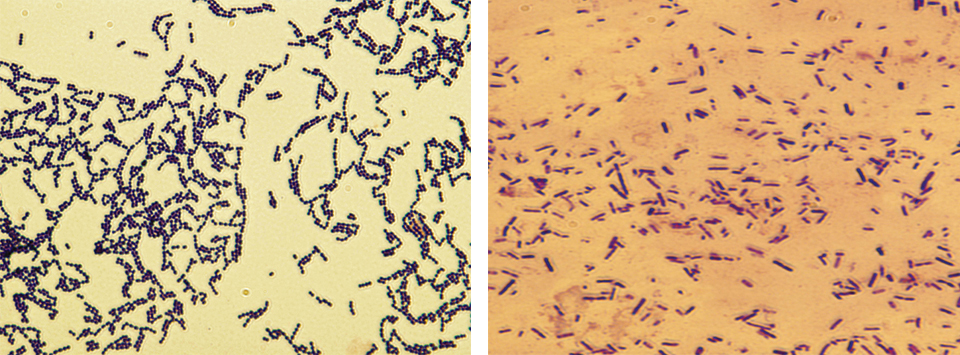
Health & Welfare
Developing live bacterial vaccines by selecting resistance to antibacterials
As wide use of antibiotics has led to antibiotic resistance in fish pathogens, vaccines present an alternative control method to prevent bacterial diseases.
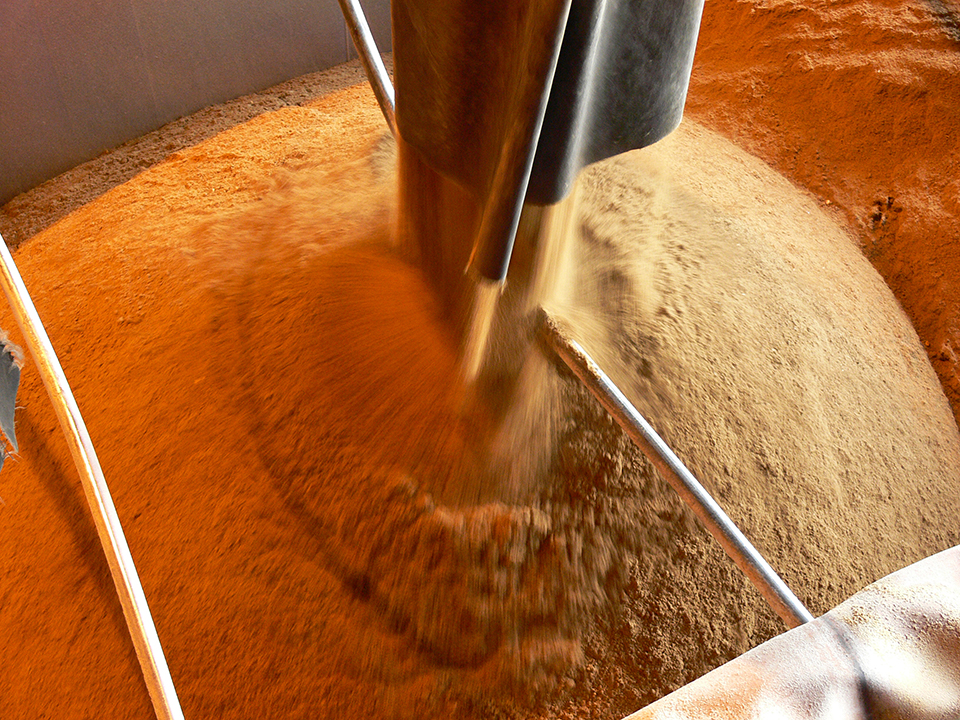
Aquafeeds
Gamma irradiation enhances nutritional value of animal byproducts
Gamma irradiation treatment presents a possible processing technique for reducing anti-nutrients and improving the nutritive quality of many feed ingredients.
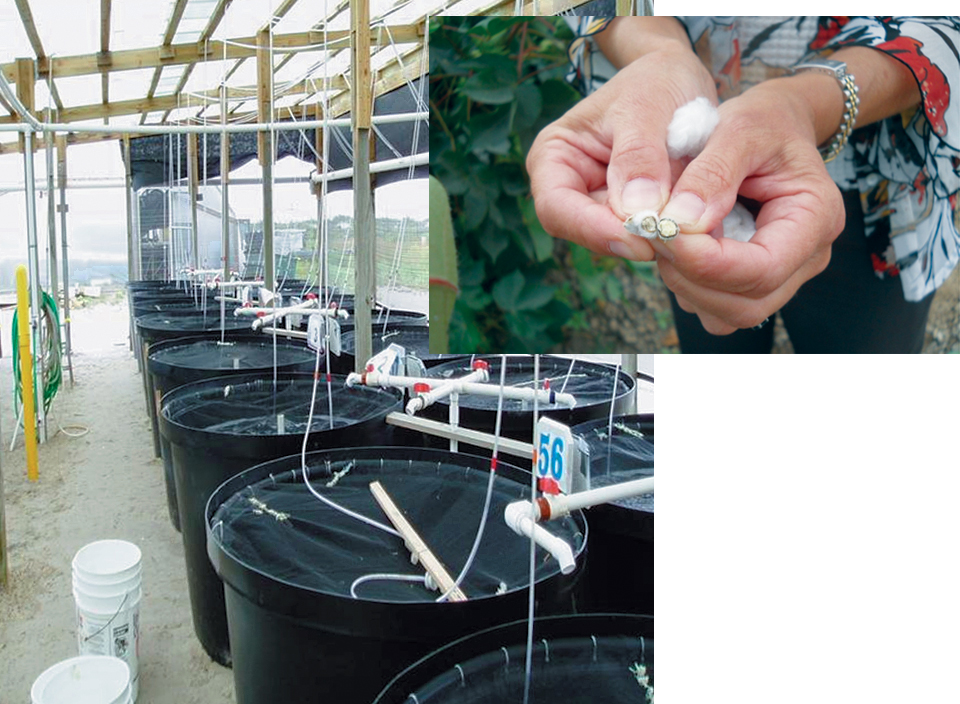
Aquafeeds
Glandless cottonseed meal replaces fishmeal in shrimp diet research
Cottonseed meal is high in protein and less expensive than fishmeal and soybean meal. Cotton plants can be engineered without gossypol in their seeds.
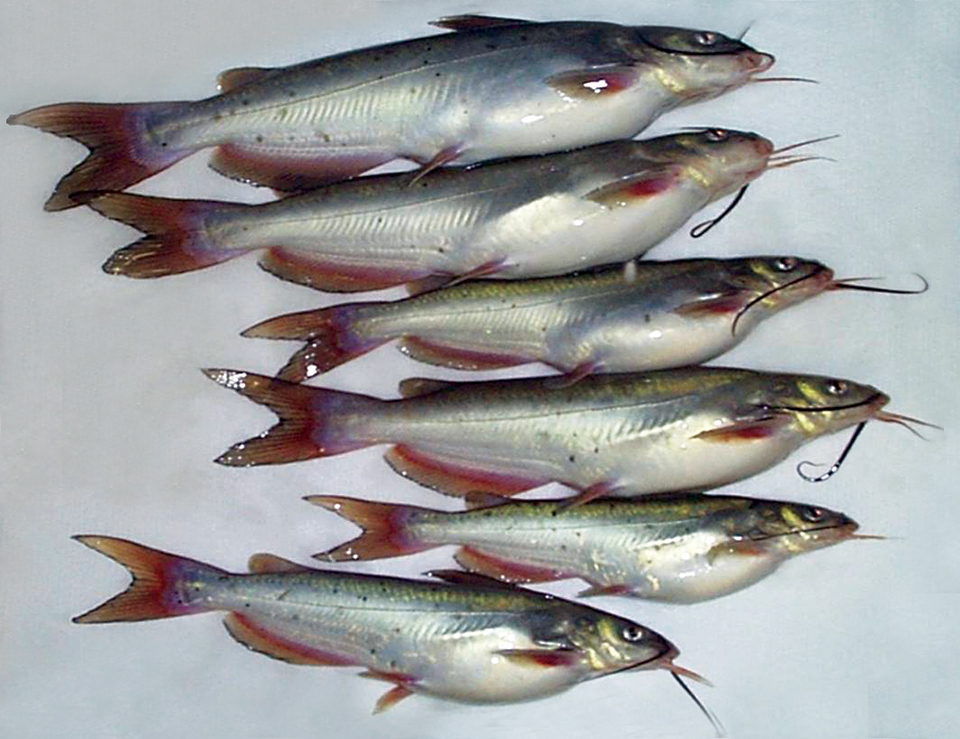
Health & Welfare
Genetic response to selection in channel catfish
USDA and partners are developing channel catfish that exhibit superior growth, fillet yield and resistance to enteric septicemia. Although ongoing research continues to select the USDA lines for better performance, studies comparing the strains have been inconclusive.


